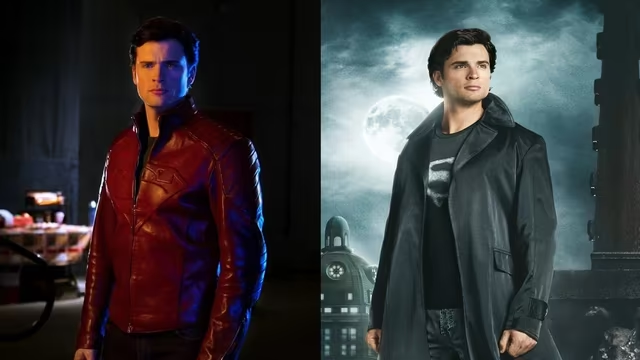If you click on a link and make a purchase we may receive a small commission. Read our editorial policy.
The 25-year One Piece anime schedule is a testament to the height of shonen anime - just like the anime itself
No one does it like One Piece anymore, and for good reason.

Popverse's top stories
- How Critical Role’s fan community helps Matthew Mercer remember a decade of storytelling
- Inside the "gutsy decision" by Marvel to kill the Ultimate Marvel imprint, and why they were worried continuing it would be wrong
- Every Final Fantasy game is different, but these are the things that always stay the same [Gamify My Life]
There are so many things that make One Piece special. The bright, colorful characters. The world is simultaneously wholesome and full of treachery and danger. One of the most often cited aspects of One Piece – its remarkable 1000+ episode count – is possible because Toei does the unthinkable on a regular basis. They produce a new, gorgeously animated episode of One Piece every week all year round, nearly without fail.
It is something that used to be more commonplace in the shonen genre. Dragon Ball, Naruto, and Bleach all managed it during the height of their popularity. Many anime in the late ‘90s and early ‘00s eschewed the seasonal release structure we're used to in favor of putting out fresh content every week, 52 weeks a year. However, these days, only a few shows stick to such an intense structure, with One Piece being the biggest and most popular of them.
It is pretty easy to see the appeal of the year-round schedule for most parties. Television stations get new episodes all year round, avoiding needing to schedule reruns that inevitably offer a drop in ratings. Animation studios, in turn, can ensure that audiences stay hooked on the show and don’t lose interest when the season ends. Fans get a brand-new adventure with the Straw Hats each week, without fail. Everyone wins, right?
There are some big drawbacks to this philosophy. Aside from giving the animation teams almost no leeway when it comes to delays, the biggest danger comes from the source material itself. To keep their commitments to broadcast networks, this usually results in the dreaded filler episodes that have haunted shonen anime for decades.
Naruto was rife with filler and excessive flashbacks as it tried not to step on the original manga’s toes, causing pacing issues that it never recovered from. The Bleach anime also suffered from long stretches of filler that frustrated fans and caused the anime to lose momentum. Even Dragon Ball has several famous filler episodes to give Akira Toriyama a buffer for the manga.
The other side-effect of this intense release schedule is a dip in animation quality. Churning out so many episodes means that the animation teams often have to cut corners, reusing still shots or sacrificing detail to speed up the animation process. The Dragon Ball Super anime was notorious for this, with some eye-rolling examples of badly drawn characters and reused frames in the Resurrection F arc and onward.
So why hasn’t One Piece had to deal with the same issues? To an extent, it has – at least, the quality problems. The rapid production pace means that the animation team has to pick and choose which episodes to spend their time on. Toei Animation, the studio behind the anime, produces some stellar sequences, especially the moment when Luffy unlocked his Gear 5 form in 2023. However, there are also plenty of moments where the pacing drags as the team prolongs static discussions to spend less time and money. It isn’t as noticeable as in other shows because of the massive budget Toei allocates for One Piece and because the animators have gotten very good at hiding their tricks, but it is still there to be seen, particularly in episodes following major fights.
The main reason why One Piece can have a year-round release schedule isn’t Toei’s budget. It is because of the creator himself. More than 25 years after Luffy first appeared in the pages of Weekly Shonen Jump in 1997, Oda continues to produce a new chapter of One Piece nearly every week. This means that there is little danger of the anime ever catching up to him. This pace almost requires that they try to keep up or be in danger of never finishing the story, something that feels unthinkable at this point.
Even incredibly popular anime like My Hero Academia or Jujutsu Kaisen haven’t even attempted the kind of schedule that Toei has used with One Piece. Without Oda’s prolific, almost inhuman output of material, it simply isn’t possible. The result makes One Piece feel like both a relic and a celebration of the heights of anime’s expansion across the globe. Where once there were many shows like it, now there is only One Piece.
Want to know what's coming up next in pop culture? Check out Popverse's guides to:
Follow Popverse for upcoming event coverage and news
Find out how we conduct our review by reading our review policy
Let Popverse be your tour guide through the wilderness of pop culture
Sign in and let us help you find your new favorite thing.















Comments
Want to join the discussion? Please activate your account first.
Visit Reedpop ID if you need to resend the confirmation email.